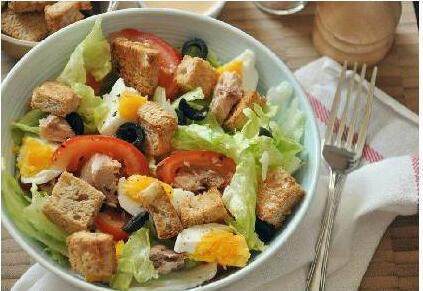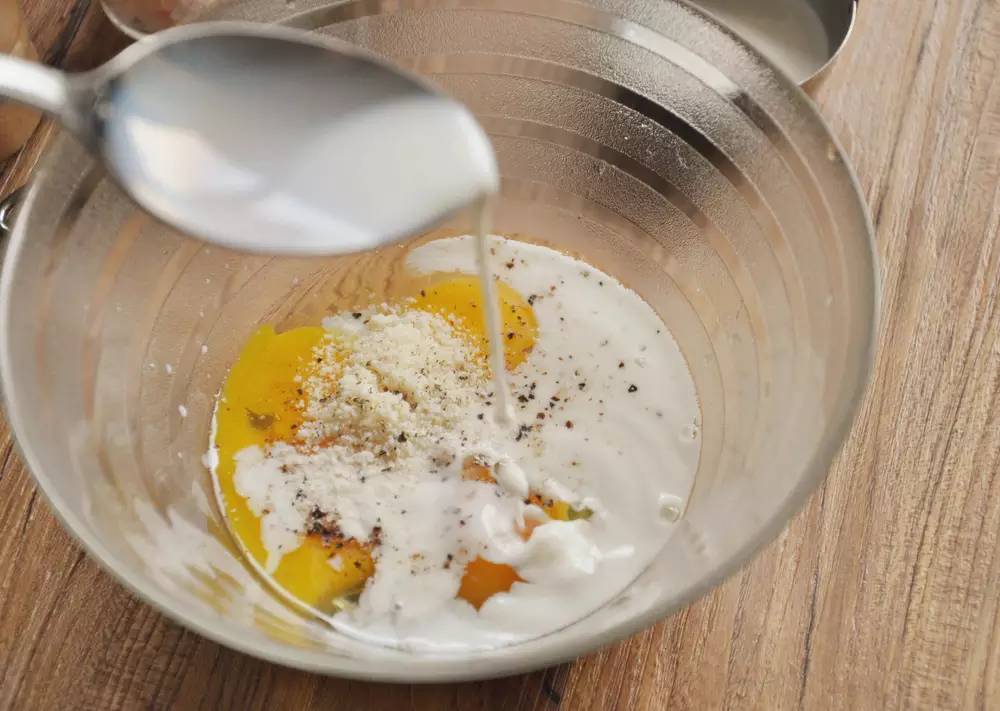Dry Udon Noodle Recipe: A Timeless Classic with a Modern Twist
Guide or Summary:History and Culture of Udon NoodlesIngredients and ToolsRecipe InstructionsThe savory world of Japanese cuisine is a treasure trove of culi……
Guide or Summary:
The savory world of Japanese cuisine is a treasure trove of culinary delights that tantalize the taste buds and evoke a sense of nostalgia. Among these delights, dry udon noodles stand out as a quintessential comfort food, offering a rich, chewy texture and a versatile canvas for a myriad of flavorful accompaniments. This article delves into the art of crafting the perfect dry udon noodle recipe, blending tradition with innovation to create a dish that is both nostalgic and contemporary.
History and Culture of Udon Noodles
Udon noodles have been a staple in Japanese cuisine for centuries, with their origins tracing back to the Edo period (1603-1868). Traditionally, udon noodles were made from wheat flour and water, with a focus on simplicity and natural flavors. The name "udon" itself is derived from the Japanese word "u," meaning "dough," and "don," which signifies "big." Over time, the recipe for udon noodles has evolved, incorporating various ingredients to enhance flavor and texture.
Ingredients and Tools
To embark on your udon noodle-making journey, you will need the following ingredients and tools:
- **Ingredients:**
- 300 grams of high-quality wheat flour
- 150-200 milliliters of water (adjust according to the dough consistency)
- Salt, to taste
- Optional add-ins: seaweed, green onions, nori, or any other preferred seasoning
- **Tools:**

- A sturdy dough scraper or spatula
- A rolling pin or a hand-cranked dough roller
- A sharp knife or a Japanese udon cutter
- A large pot of boiling water
- A colander
- A cutting board
Recipe Instructions
1. **Dough Preparation:**

- Begin by combining the wheat flour and salt in a large mixing bowl. Gradually add water to the flour, stirring continuously until a cohesive dough forms. The dough should be firm but pliable.
- Once the dough comes together, turn it out onto a clean, floured surface. Knead the dough vigorously for about 10 minutes, ensuring that it is smooth and elastic. If the dough is too sticky, add a bit more flour; if it is too dry, add a few drops of water.
2. **Dough Resting:**
- After kneading, cover the dough with a damp cloth and let it rest for at least 30 minutes. This resting period allows the gluten in the dough to relax, making it easier to roll and cut.
3. **Rolling and Cutting:**
- Divide the rested dough into manageable portions. Using a rolling pin or a hand-cranked dough roller, roll each portion out into a thin sheet. The thickness of the sheet will determine the size of the udon noodles; a thickness of about 2-3 millimeters is ideal for dry udon noodles.
- Once the dough sheet is rolled out, use a sharp knife or a Japanese udon cutter to cut it into the desired noodle shape and size. Udon noodles can be cut into long, thick strands or into shorter, round pieces, depending on your preference.

4. **Drying the Noodles:**
- Arrange the cut noodles on a tray or a piece of parchment paper, making sure they do not touch each other. Allow them to dry completely in a cool, dry place for at least 24 hours. Drying the noodles enhances their texture and preserves them for longer storage.
5. **Cooking and Serving:**
- To cook the dry udon noodles, bring a large pot of water to a boil. Add the noodles and cook for about 3-5 minutes, or until they are tender yet slightly chewy. Drain the noodles using a colander and rinse them briefly with cold water to stop the cooking process.
- Serve the udon noodles hot, garnished with your choice of toppings. Popular accompaniments include tempura vegetables, grilled meats, miso soup, and a variety of sauces and seasonings.
The art of making dry udon noodles is not just about following a recipe; it is about embracing the rich cultural heritage of Japan and experimenting with flavors to create a dish that is uniquely yours. By mastering this recipe, you open the door to a world of culinary exploration, where the simplicity of udon noodles becomes the canvas for endless creativity and enjoyment. Whether enjoyed as a comforting meal or as a festive delicacy, dry udon noodles are a testament to the timeless appeal of traditional Japanese cuisine.